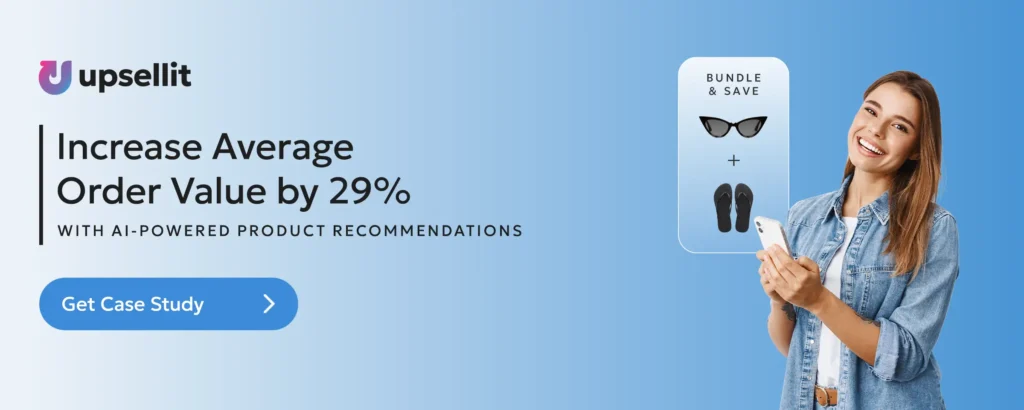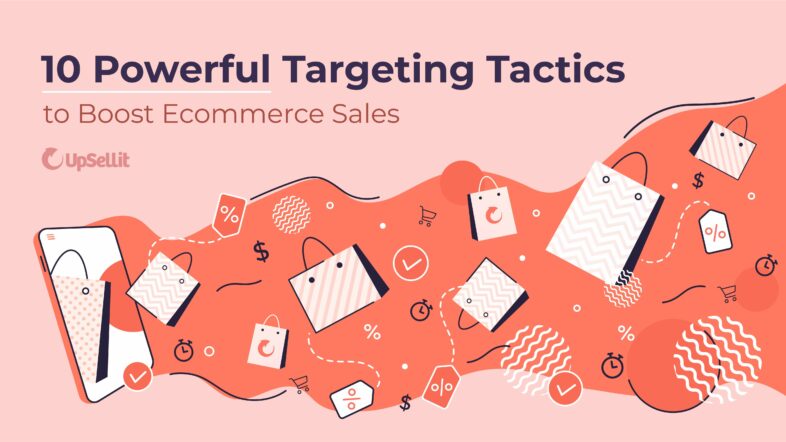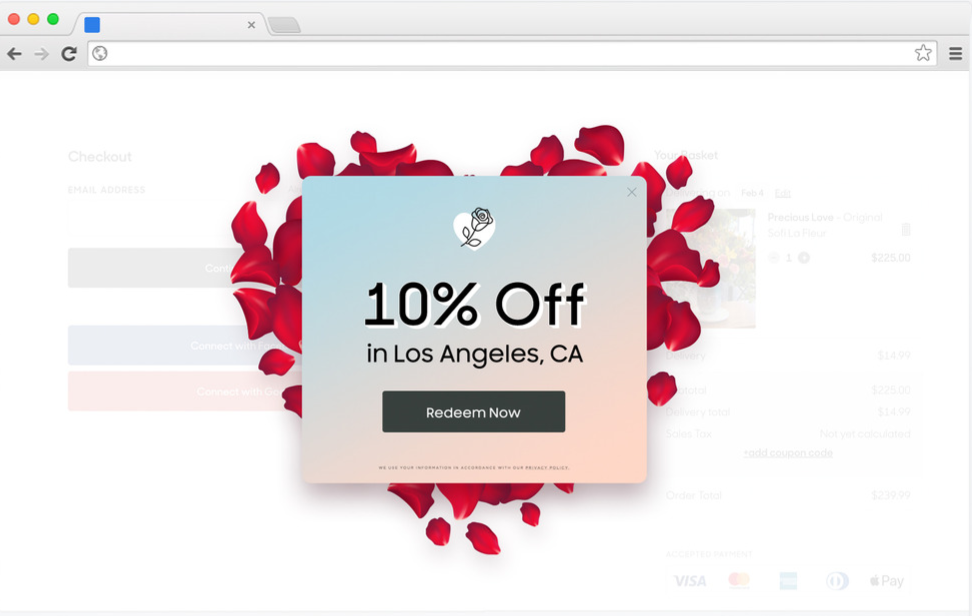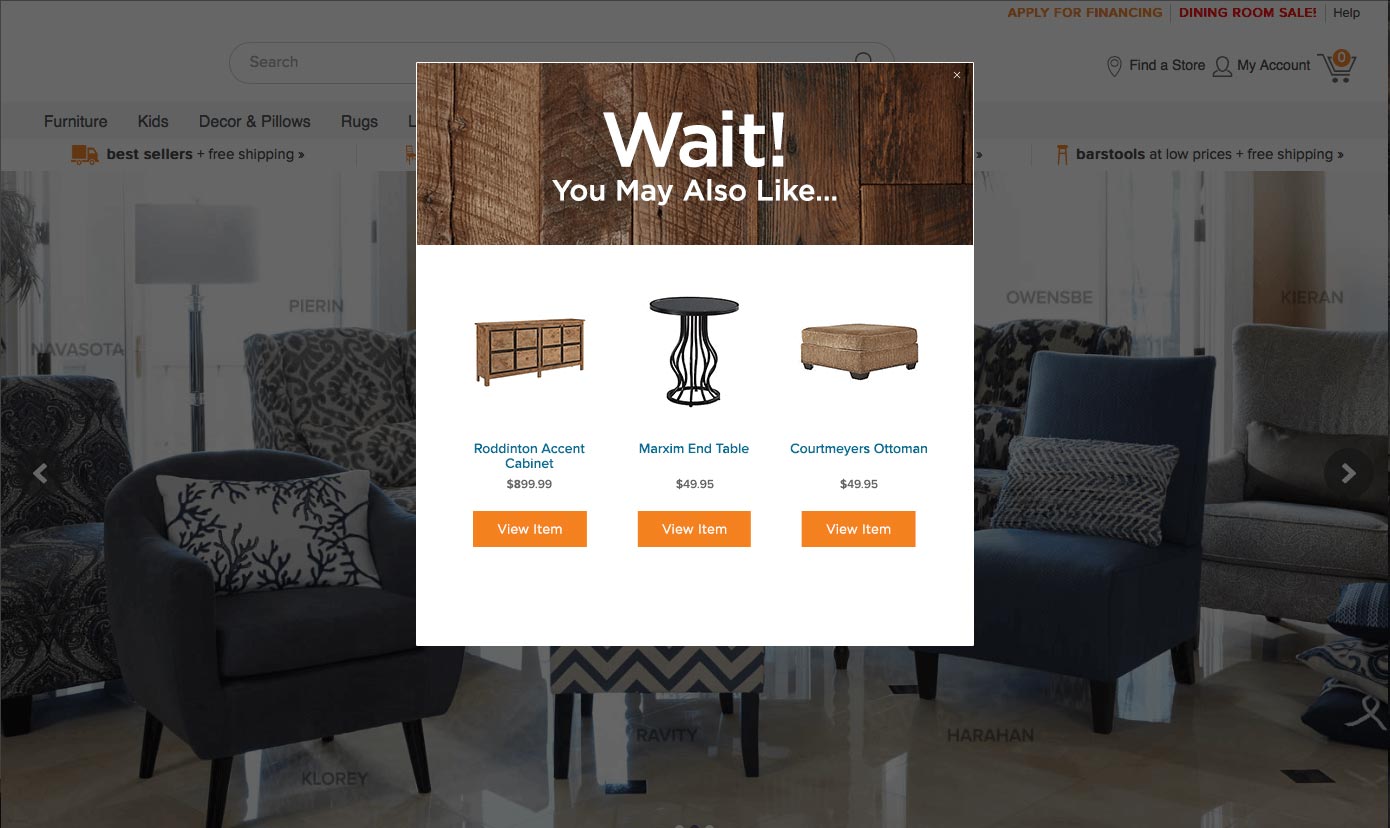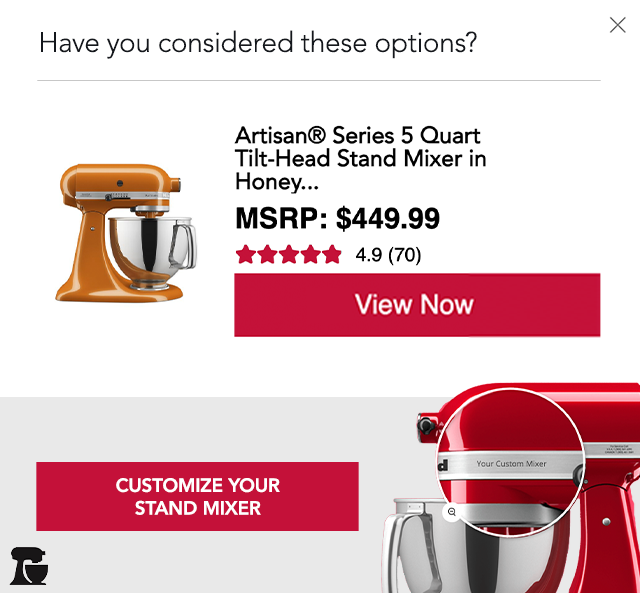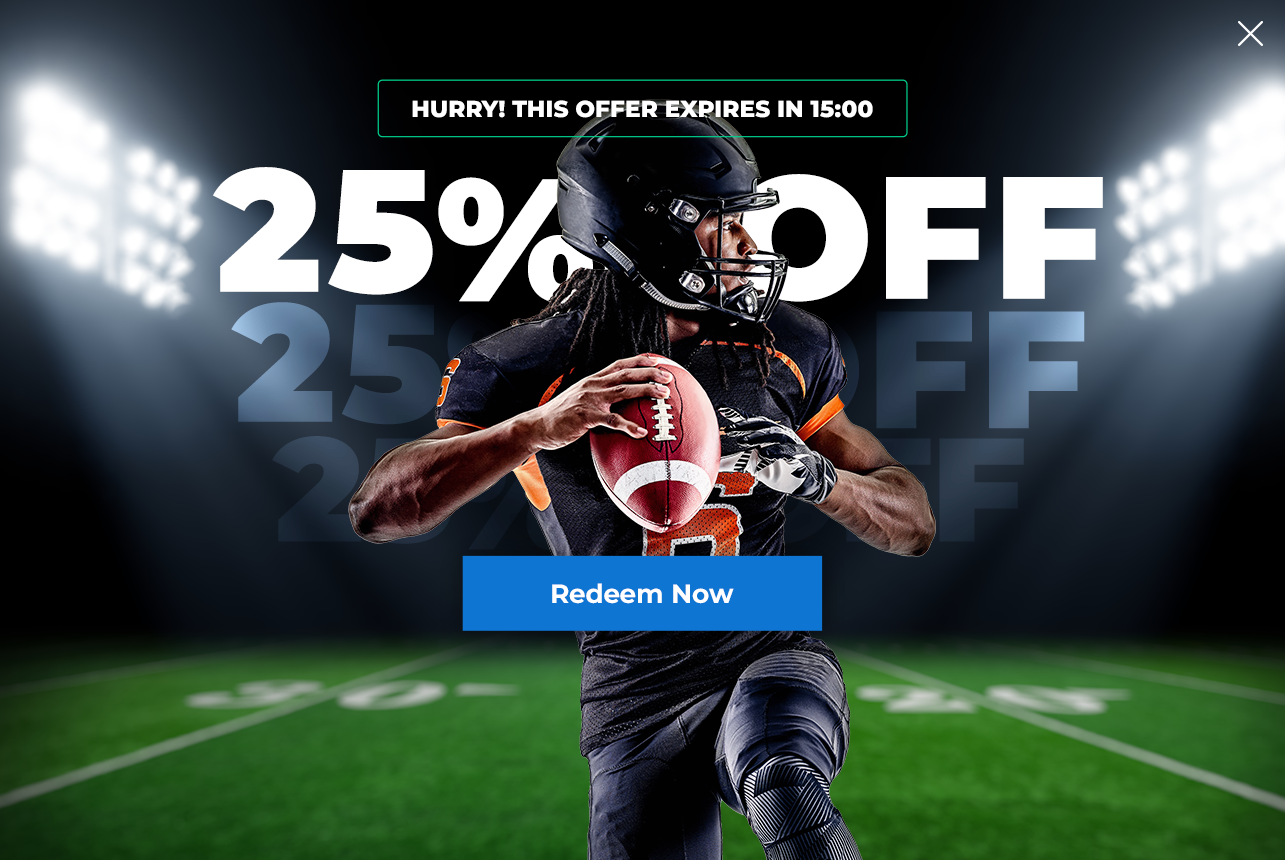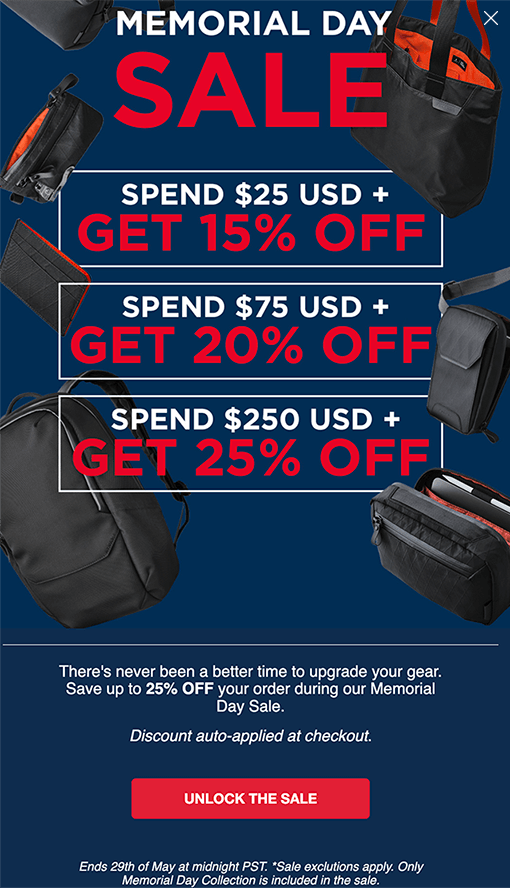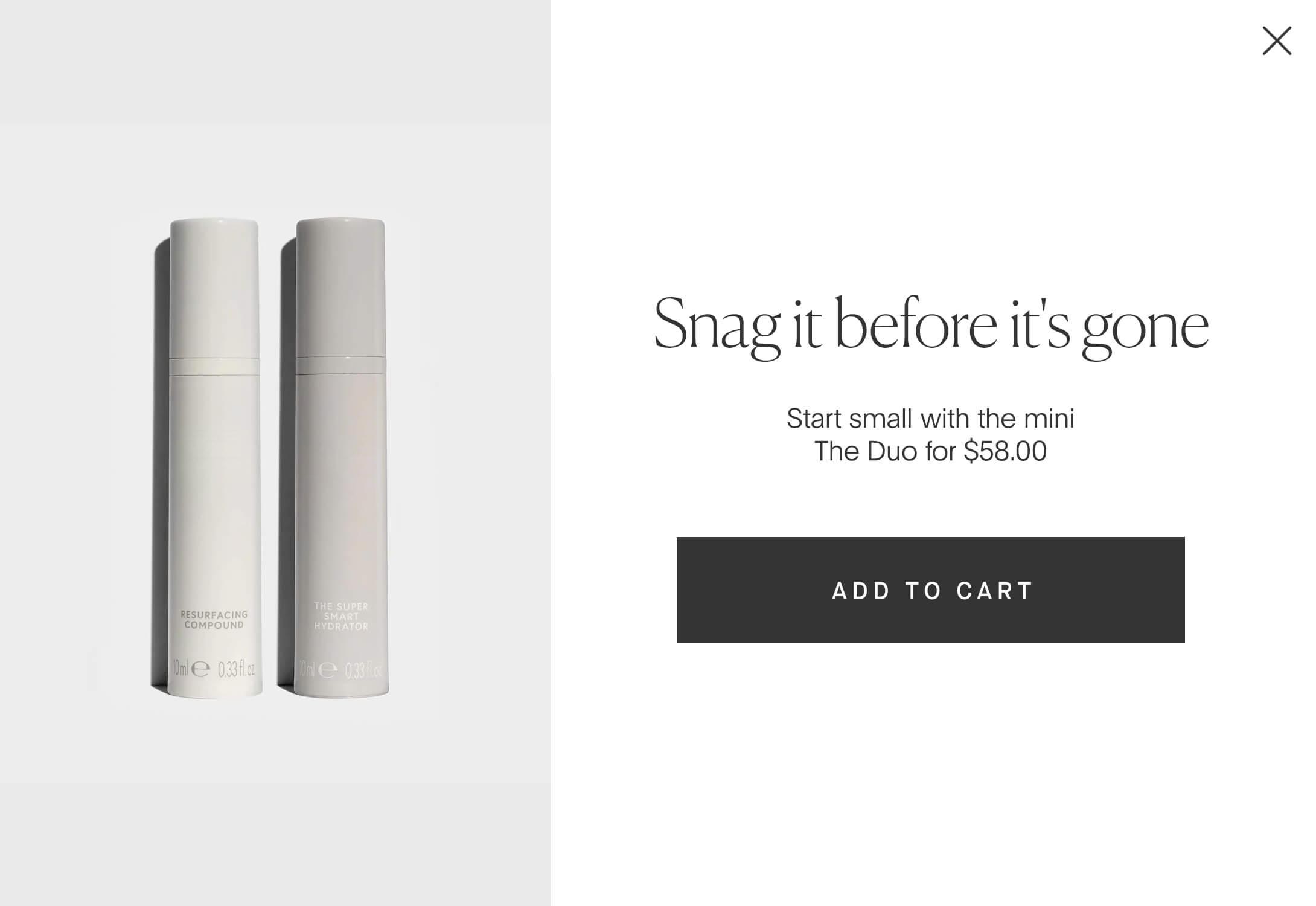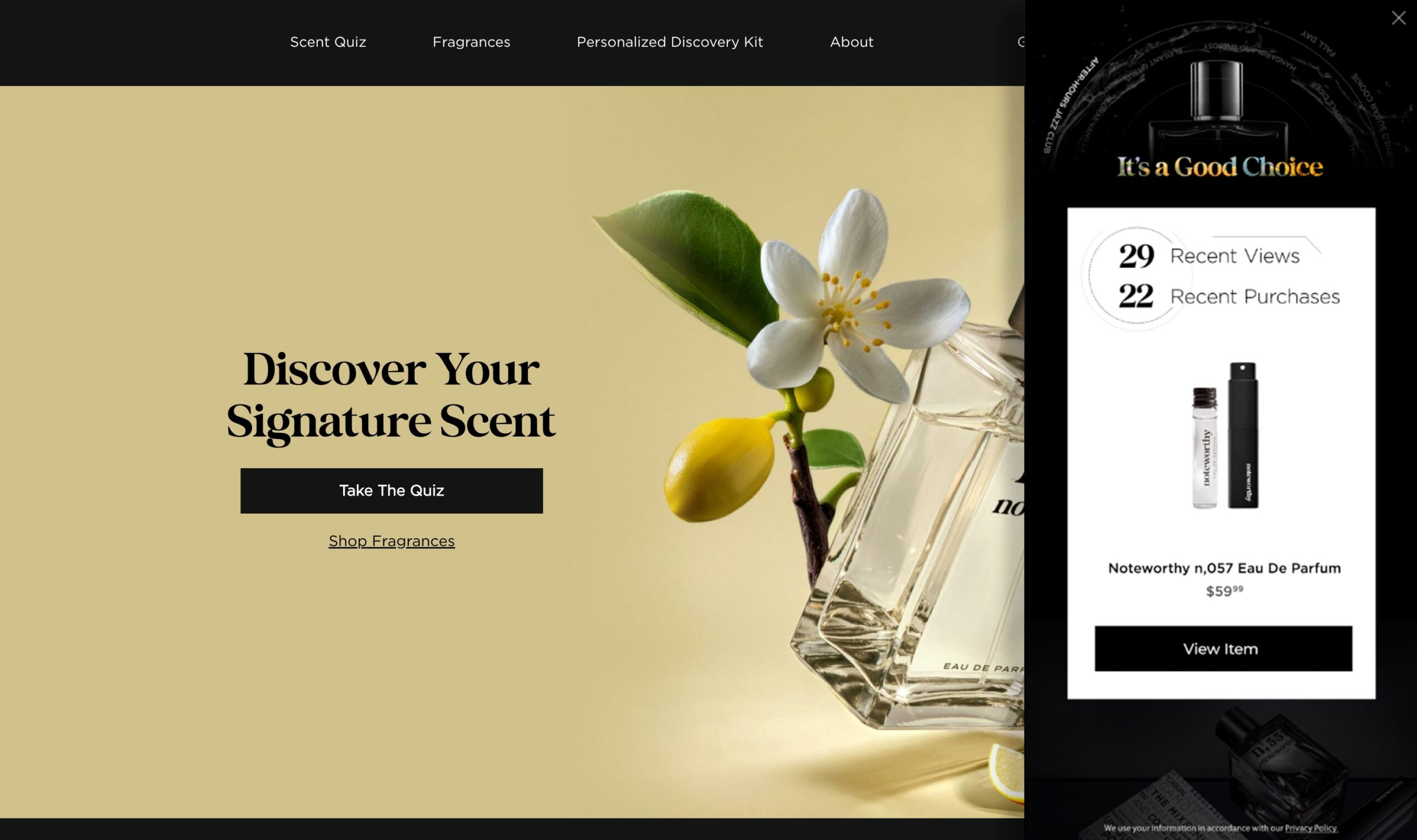Personalization has become a key element for ecommerce brands to stand out and create meaningful connections with their customers. With ever-evolving technologies and shifting consumer behaviors, it’s crucial to implement effective targeting tactics to maximize your sales potential.
The realm of personalization is evolving at a rapid pace, empowering brands to deliver tailored experiences that drive engagement and boost conversions. Staying ahead of the competition requires a strategic approach to targeting your audience.
In this blog, we present ten innovative ecommerce targeted tactics that will dominate the landscape in 2023 and 2024, helping businesses thrive in the competitive digital marketplace.
What is Ecommerce Personalization?
Ecommerce personalization tailors the online shopping experience to individual customers based on their preferences, behaviors, and characteristics. By implementing personalized targeting tactics, you can effectively combat cart abandonment by delivering customized messages and incentives that motivate customers to complete their purchase.
These tactics leverage data such as browsing history, purchase history, demographic information, location, and other relevant factors to understand and anticipate customer needs and interests. When customer concerns and hesitations are addressed, you’ll find a significant increase in conversions and customer satisfaction.
10 Powerful Ecommerce Targeting Tactics to Boost Your Sales in 2023
Here is our list of the top 10 effective targeting tactics to add ecommerce personalization to your business:
- Omnichannel Ecommerce Personalization
- Headless Personalization
- Abandoned Cart Recovery
- User Segmentation
- AI-Powered Personalized Recommendations
- Cross-Sell & Up-Sell with Product Recommendations
- Urgency Messaging & Limited-Time Promotions
- Dynamic Pricing Strategies
- Personalized Push Notifications
- Social Proof
1. Omnichannel Ecommerce Personalization
The goal of omnichannel ecommerce personalization is to establish a unified and consistent experience across multiple channels, allowing businesses to interact with shoppers at various points in the customer journey. It involves utilizing customer data, preferences, and behavior to deliver relevant and personalized content, regardless of the channel or device used by the customer.
For example, if a shopper adds an item to their cart on a mobile device but then abandons the transaction, they should receive a Cart Preserver email with their saved cart contents so it’s easy to come back and complete their transaction.
2. Headless Personalization
Headless personalization delivers personalized experiences to users across multiple channels and touchpoints, independent of the underlying content management system (CMS) or presentation layer. This approach enables businesses to dynamically tailor content, recommendations, and user interfaces based on individual preferences and behavior, regardless of the platform or device being used.
With headless personalization, businesses can provide seamless and consistent experiences to users, ensuring that each interaction feels personalized and relevant, ultimately driving customer engagement and satisfaction.
3. Abandoned Cart Recovery
Cart abandonment is a common challenge facing ecommerce, but personalized messaging and incentives go a long way. Cart abandonment strategies entice customers to stay on-site and complete their purchases by monitoring user behavior and browsing patterns to engage users at the perfect moment.
These targeting tactics can range from urgency messaging to customized incentives that serve as a subtle nudge, reminding shoppers of the items in consideration and increasing purchase intent.
4. User Segmentation
Ecommerce segmentation separates customers into different groups based on shared characteristics such as location, customer behaviors, or preferences. This allows brands to create tailored marketing strategies and deliver personalized experiences to specific customer segments.
Businesses can use segmentation to better understand their shoppers and develop targeted tactics that resonate with specific segments. For example, brands can target specific underperforming area codes and offer that segment personalized discounts to increase engagement in those specific areas.
5. AI-Powered Personalized Recommendations
By harnessing the power of artificial intelligence and advanced machine learning, ecommerce platforms can provide AI product recommendations to increase conversions, customer engagement and AOV.
AI-driven algorithms analyze customer data such as preferences, browsing behavior, and purchase history to generate dynamic and personalized suggestions. Recommendations can appear on various parts of the website, such as the homepage, product pages, or shopping cart, to maximize exposure at the perfect moment.
Additionally, personalized recommendations drive cross-selling and upselling opportunities, helping businesses maximize their revenue potential.
6. Cross-Sell & Up-Sell with Product Recommendations
To effectively cross-sell and upsell, it’s important to time the recommendations appropriately to increase the chances of customers adding additional items to their cart.
Both types of recommendations can be presented on product, cart, or checkout pages as a helping hand ensuring shoppers get everything they need.
Upselling
When upselling, AI examines the preferences and past purchases of the customer while analyzing higher-tier models to consider. For instance, if a consumer has kitchen mixer in their cart, the algorithm can suggest upgrading to the better, customizable version.
In your copy, emphasize the additional features and benefits, or show social proof such as customer ratings to ignite interest.
Cross-selling
When cross-selling, AI finds complementary products that align with client browsing and purchase trends. For instance, if a consumer buys a camera, it can suggest matching lenses or relevant accessories.
In your copy, emphasize the ease, savings, or improved experience that comes with adding the suggested items to their cart.
7. Urgency Messaging & Limited-Time Promotions
Urgency messaging harnesses the psychological principle of scarcity. Whether it’s limited-time offers, countdown timers, or stock availability alerts, these techniques tap into our innate fear of missing out.
Limited-time discounts and promotions are powerful strategies for instilling a sense of urgency in clients and encouraging them to act fast. Customers are more likely to make a purchase when they believe they’re getting a unique and time-sensitive opportunity.
When crafting your campaign, establish a specific timeframe for your promotions and communicate that in your copy or design elements using countdown or waterfall timers. Be sure to emphasize savings, exclusive access, or unique incentives to increase the perceived value of the promotion.
8. Dynamic Pricing Strategies
Dynamic pricing is becoming an increasingly popular targeting tactic. By leveraging customer data, browsing behavior, and market trends, ecommerce brands can dynamically adjust product prices to offer personalized discounts, time-limited offers, and loyalty rewards.
Use dynamic pricing algorithms to optimize your pricing strategy based on factors such as demand, competition, and customer behavior. Offer a tailored discount based on the user’s active cart value to help drive the sale.
For example, shoppers with active cart values over $200 will find more value in a 20% off coupon compared to 10% off. Leveraging these thresholds reignites interest for abandoning shoppers without hurting your bottom line because you’re recovering otherwise lost sales.
9. Personalized Push Notifications
Push notifications deliver customized messages that resonate with individual preferences and interests of your shoppers. Leveraging customer data, behavior patterns, and preferences, brands can engage customers at the right moment, increase conversions, and foster long-term customer loyalty.
For example, when you have items with a stock level below a predetermined threshold, you can alert shoppers their item is almost sold out and it’s time to act now. This message can be shown in page or on abandonment to drive the sale before it’s too late.
10. Social Proof
Social proof leverages the principle of influence, demonstrating that people tend to follow the actions of others, especially when they’re uncertain. By showcasing positive reviews, ratings, testimonials, and user-generated content, ecommerce brands can establish credibility and build trust with potential customers.
This targeted tactic not only provides reassurance about product quality, but it also cultivates a sense of community around the brand. In an era where online shoppers seek authentic experiences and insights from their peers, social proof serves as a powerful tool for swaying purchasing decisions.
When a user goes to abandon a product, show them how many people have recently viewed or purchased that item. This will drive urgency and influence to come back and purchase the product in mind.
Implementing Targeted Tactics
In the rapidly evolving landscape of ecommerce, personalization is no longer a luxury but a necessity for businesses to succeed.
By adopting these 10 cutting-edge ecommerce targeting tactics for 2023 and 2024, you can differentiate your business, deepen customer relationships, and drive revenue in the fiercely competitive digital marketplace. Embrace personalization and empower your business to thrive in the age of customer-centricity.
Ready to learn more? Download our AI Recommendations case study to further discover the impact that AI-recommendations can make on your brand.
